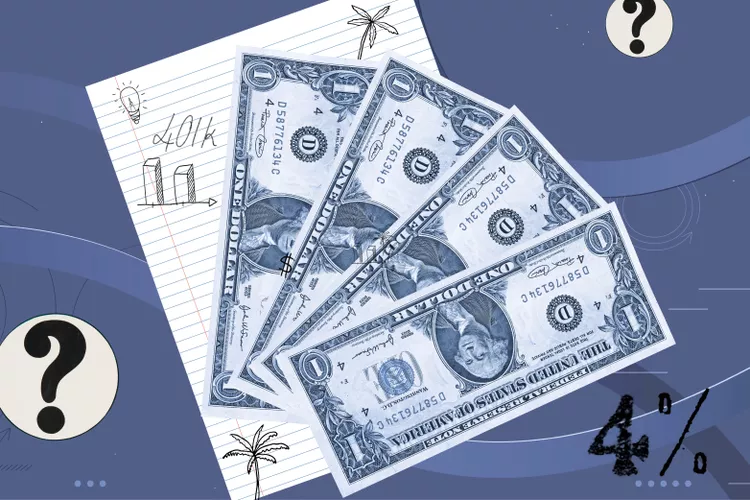
Rule-of-thumb guidelines about withdrawals and expected returns are the basis of many Americans’ retirement plans. But experts say it can pay to look deeply into the details.
One example: the 4% rule, which assumes that someone who withdraws 4% of their nest egg in their first year of retirement, then adjusts that amount annually for inflation, will have enough money to last 30 years.
UBS in a summer study analyzed its clients’ 60/40 portfolios, an investing model that allocates 60% to stocks and 40% to fixed-income investments and that has recently returned to favor after coming under fire in 2022. The bank estimated that annualized future returns for such portfolios will be 5.9%, three percentage points lower than were seen over the past 30 years.1
Assuming those returns and a 2.4% inflation rate, according to UBS, retirees would need to withdraw between 4.1% (for a more conservative portfolio) to 4.5% (for a more aggressive one) to fund a retirement with an 85% chance of having enough money for 30 years.
“Stock market valuations, interest rates, and earnings growth expectations are less attractive, while we expect market volatility to be about the same as it was historically,” the researchers wrote. “This means that we need to take historical analyses—like those used to originally come up with the so-called ‘4% rule’—with a grain of salt.”
The Rule Has a Place–If Used Carefully
Experts say the 4% rule is handy if retirees don’t over-rely on it. David Flores Wilson, a managing Partner at Sincerus Advisory, says it is helpful when used alongside other variables.
“There’s no substitute for doing the math, and that means trying to understand what people’s spending levels are, what their expected income sources and assets will be in retirement, and then running projections [that include] assumptions about inflation and market returns,” Wilson said.
The average annual expenses for 65-74 year olds in 2022 stood at $60,844, according to the Bureau of Labor Statistics.2 Using the 4% rule, someone expecting to spend about $60,000 a year in retirement would need about $1.5 million, while at $40,000 a year you’d need roughly $1 million. (These basic calculations are for illustration and don’t account for inflation.)
But a higher withdrawal rate doesn’t necessarily mean you need to save more. That number doesn’t take into effect possible variations in a portfolio’s performance in a specific time period.
Scott Sturgeon, CFP and founder of Oread Wealth Investors, said that while investors with more aggressive portfolios could experience more substantial gains, they also have a greater probability of experiencing drawdowns that increase their risk of running out of money in retirement.
And Jason Siperstein, President and Wealth Advisor at Eliot Rose, noted that many of his clients don’t adhere to fixed withdrawal rates in retirement: They’re usually higher early on, he said, rising as high as 8%, before falling as low as 2% once Social Security payments begin.
“There’s more nuance to doing this than simply looking at the initial portfolio value and assuming you can withdraw 4% of that amount each year in perpetuity,” Sturgeon said.